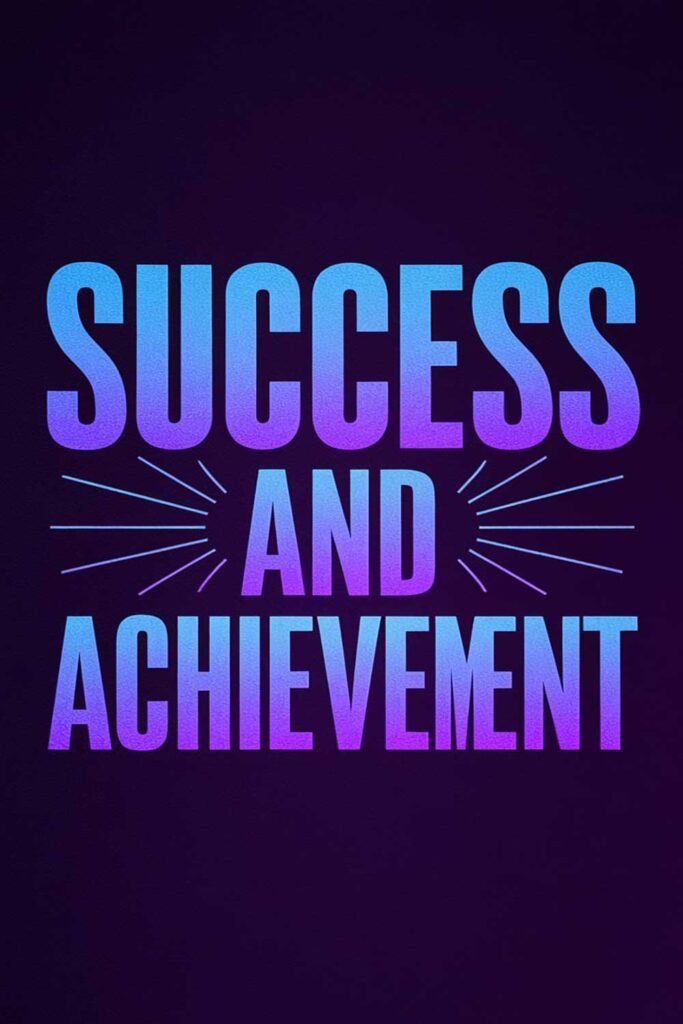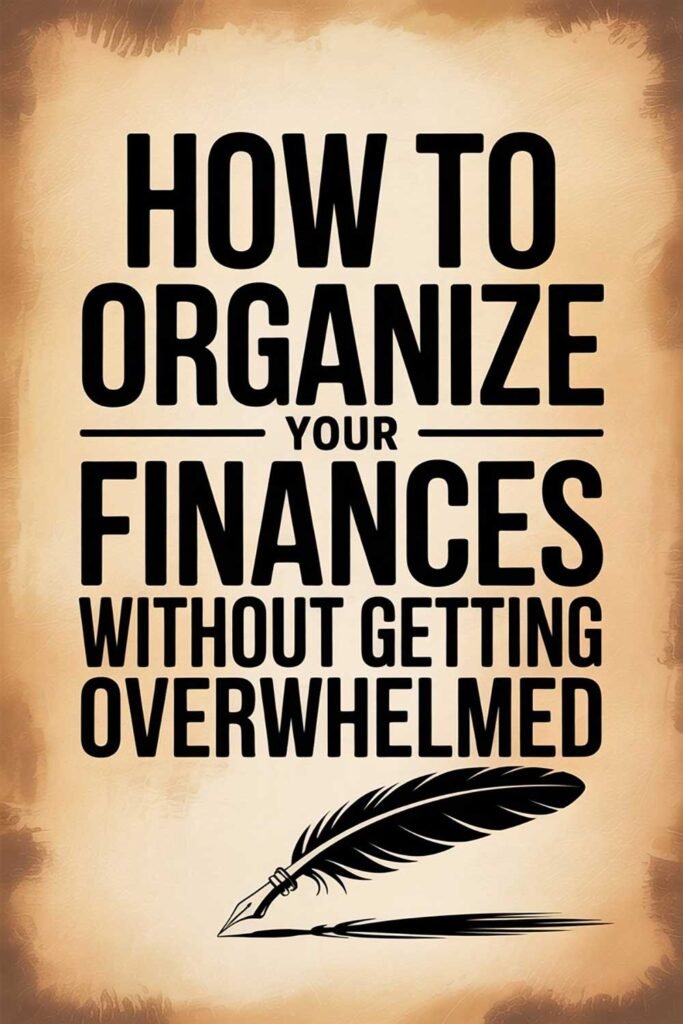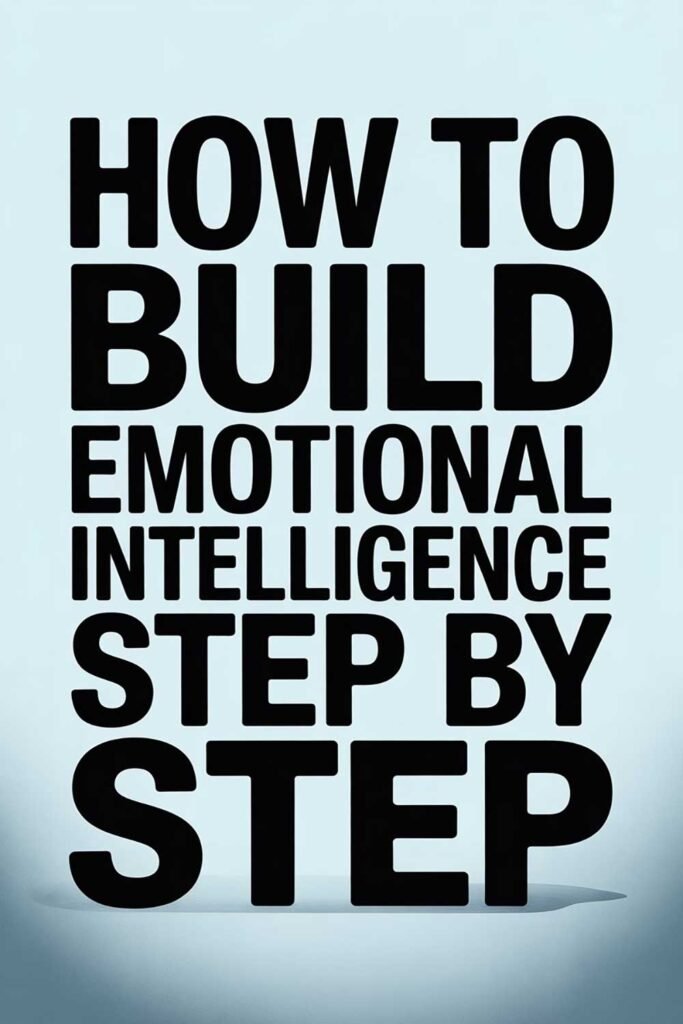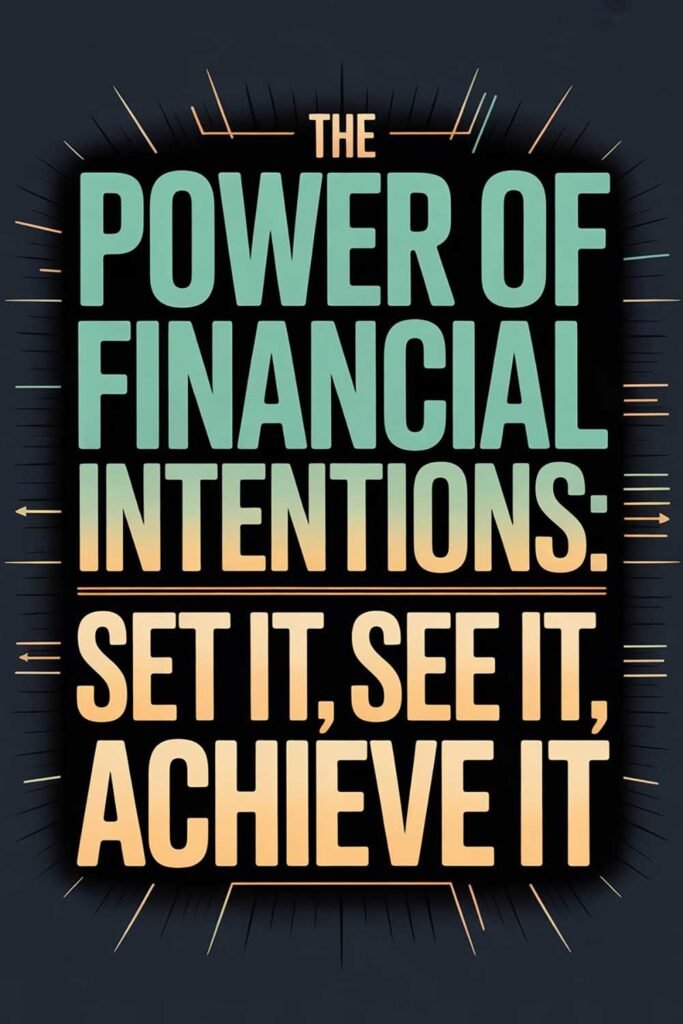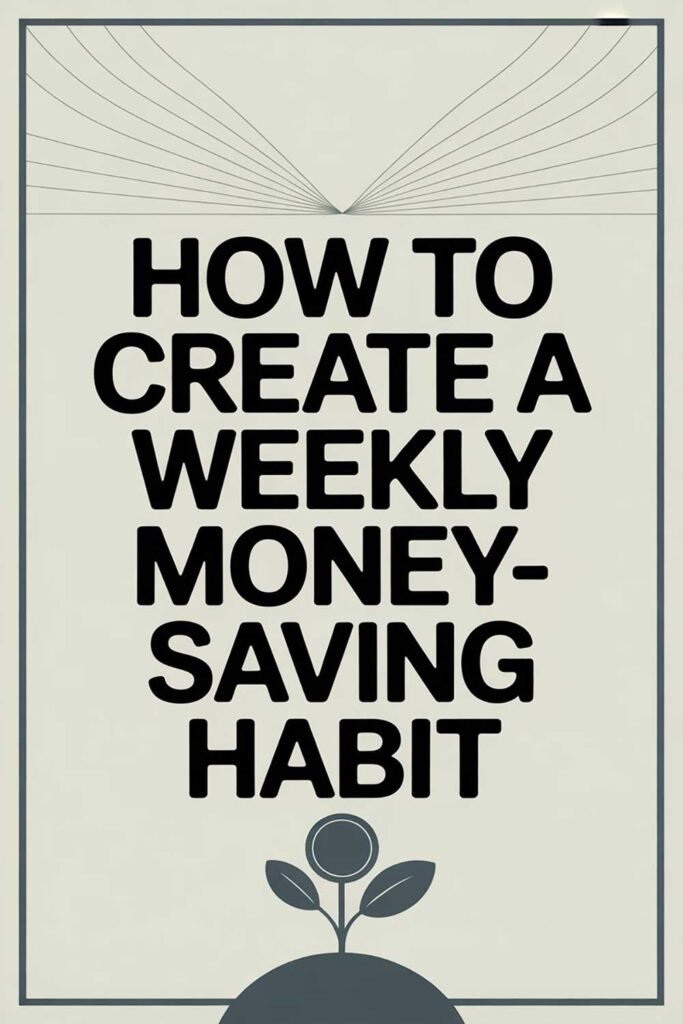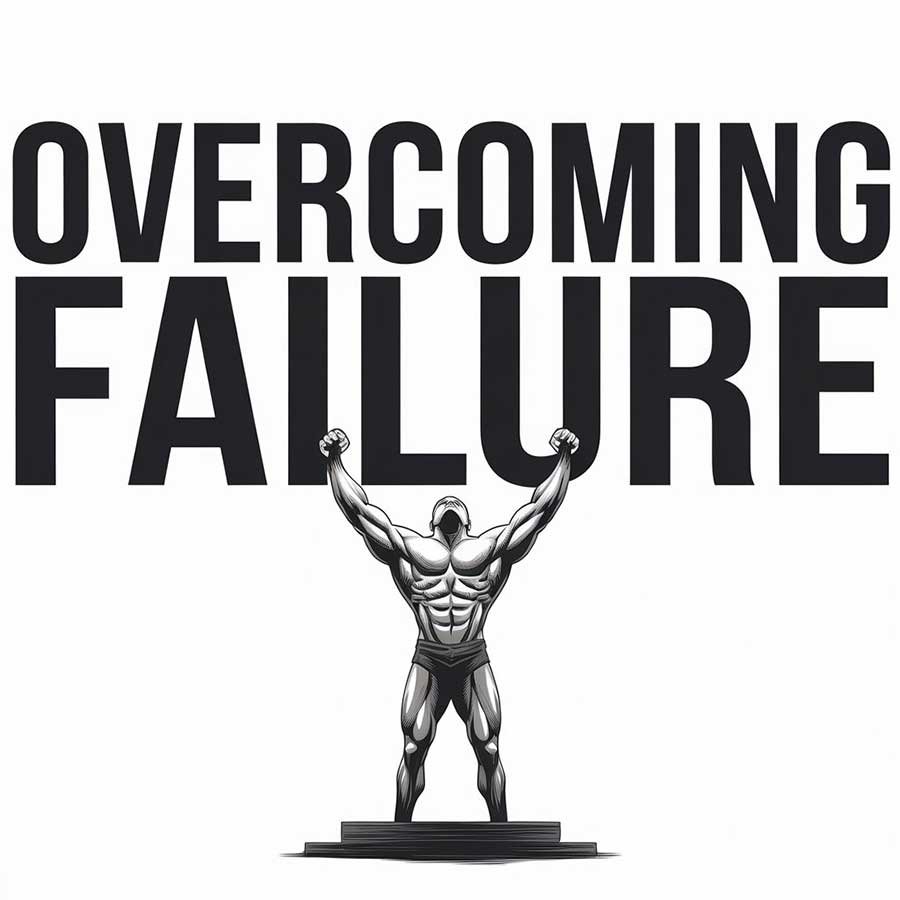
Overcoming Failure: Turning Setbacks into Success
Understanding Failure and Its Role in Growth
Failure is an inevitable part of life. Everyone encounters setbacks, mistakes, and disappointments at some point. However, what separates successful individuals from the rest is how they respond to failure. Instead of seeing it as a dead end, failure can be a valuable learning experience that leads to growth, resilience, and eventual success.
Why Failure Feels So Difficult
Failure often triggers negative emotions such as disappointment, frustration, and self-doubt. This happens for several reasons:
- Fear of Judgment – Worrying about what others think can make failure seem more daunting.
- Perfectionism – Holding yourself to unrealistic standards can lead to excessive self-criticism.
- Fixed Mindset – Believing that abilities are static rather than developed over time makes failure seem permanent.
- Loss of Motivation – Failing can shake confidence and make you question whether your efforts are worth it.
While these emotions are natural, they don’t have to define your response to failure.
How to Overcome Failure and Bounce Back Stronger
1. Change Your Perspective on Failure
Instead of seeing failure as a personal flaw, view it as a stepping stone to success. Many of history’s greatest achievers failed multiple times before reaching their goals:
- Thomas Edison made over 1,000 unsuccessful attempts before inventing the lightbulb.
- Walt Disney was fired from a newspaper for “lacking creativity.”
- Oprah Winfrey was told she wasn’t fit for television before becoming a media mogul.
Failure is simply feedback—it tells you what doesn’t work and guides you toward a better approach.
2. Analyze What Went Wrong
Failure is a learning opportunity. Instead of dwelling on disappointment, ask yourself:
- What factors contributed to this failure?
- What could I have done differently?
- What lessons can I take away from this experience?
Taking an analytical approach shifts focus from self-blame to self-improvement.
3. Develop a Growth Mindset
A growth mindset, as coined by psychologist Carol Dweck, is the belief that intelligence, skills, and abilities can be developed through effort and learning. With a growth mindset, failure becomes an opportunity to grow rather than a final outcome.
4. Reframe Failure as a Temporary Setback
It’s easy to feel stuck after failing, but setbacks are temporary. Success is often a long journey filled with ups and downs. Viewing failure as just one step in the process makes it easier to persevere.
5. Take Action and Keep Moving Forward
Failure only becomes permanent if you stop trying. Instead of allowing failure to paralyze you, take action:
- Adjust your strategy based on what you’ve learned.
- Set new, realistic goals and break them into smaller steps.
- Keep going, even if progress is slow.
6. Surround Yourself with Supportive People
Having a strong support system can make all the difference when overcoming failure. Seek guidance from mentors, friends, and family who can offer encouragement and perspective.
7. Practice Self-Compassion
Beating yourself up over failure won’t help you improve. Treat yourself with kindness and recognize that failure is part of the journey. Give yourself permission to fail and grow from the experience.
8. Use Visualization and Positive Affirmations
Visualizing success and reinforcing positive beliefs about yourself can help reframe your mindset. Affirmations like:
- “Failure is a stepping stone to success.”
- “I am capable of learning and improving.”
- “Every setback brings me closer to my goals.”
Picture This
Imagine failing at something important—perhaps a job interview, a business venture, or a personal goal. At first, it stings. But instead of giving up, you analyze what went wrong, adjust your approach, and try again. Over time, your persistence pays off. What once seemed like a devastating failure now looks like a crucial step toward your ultimate success. You realize that failure wasn’t an end—it was just the beginning of something greater.
Share This with Someone Who Needs It
If this guide inspired you, share it with a friend, colleague, or loved one who might be struggling with failure. Let’s support each other in turning setbacks into comebacks!


